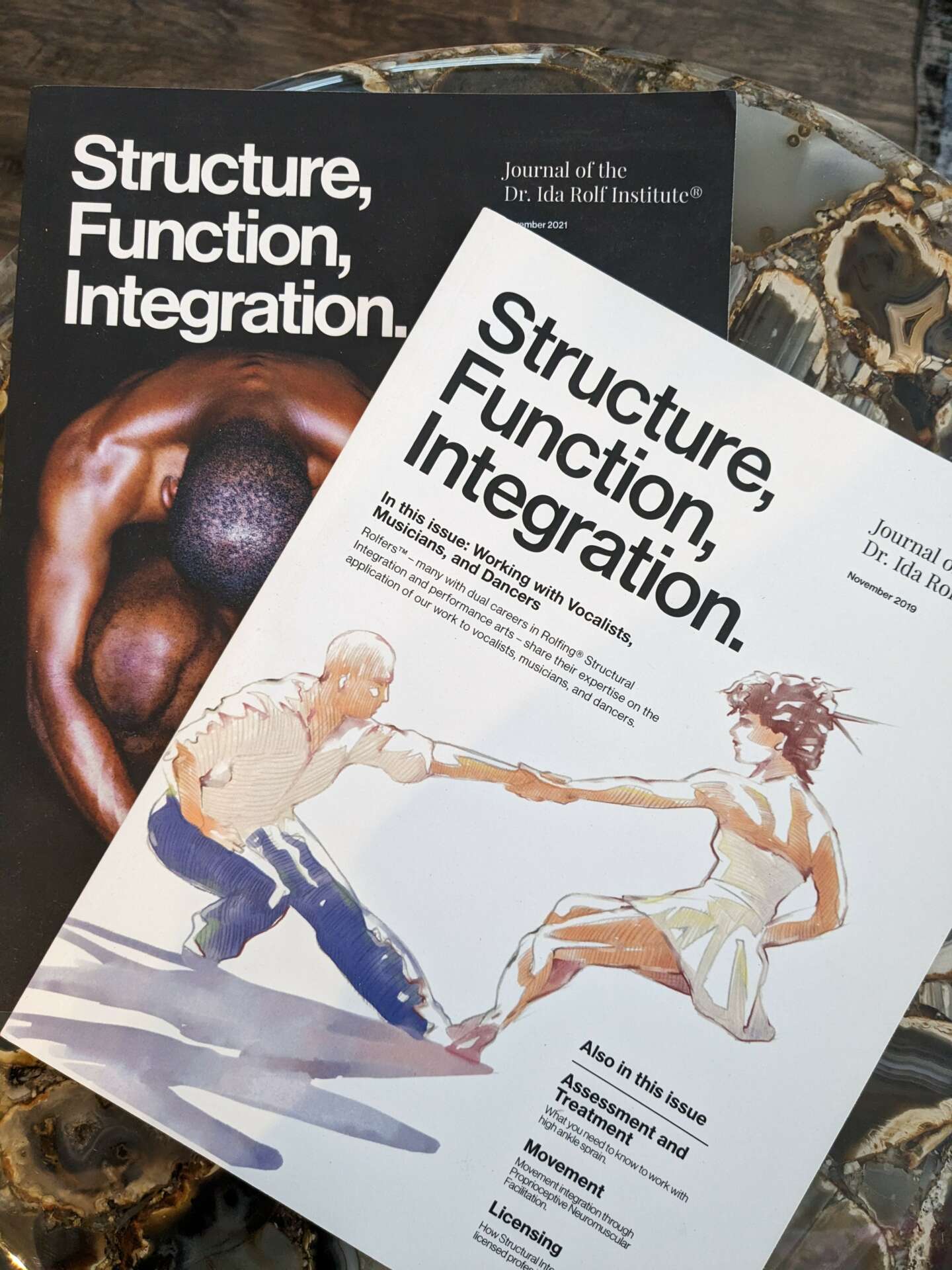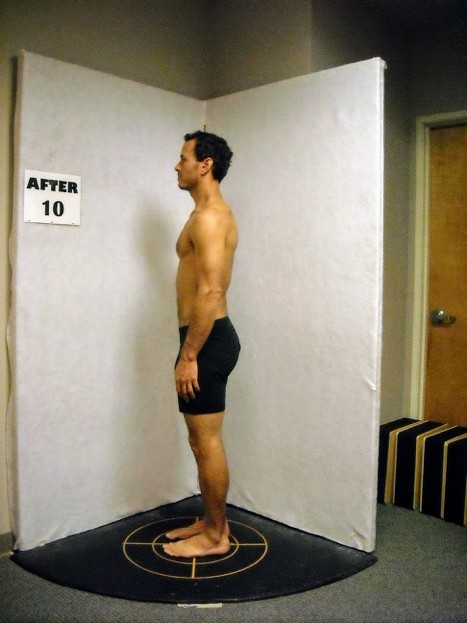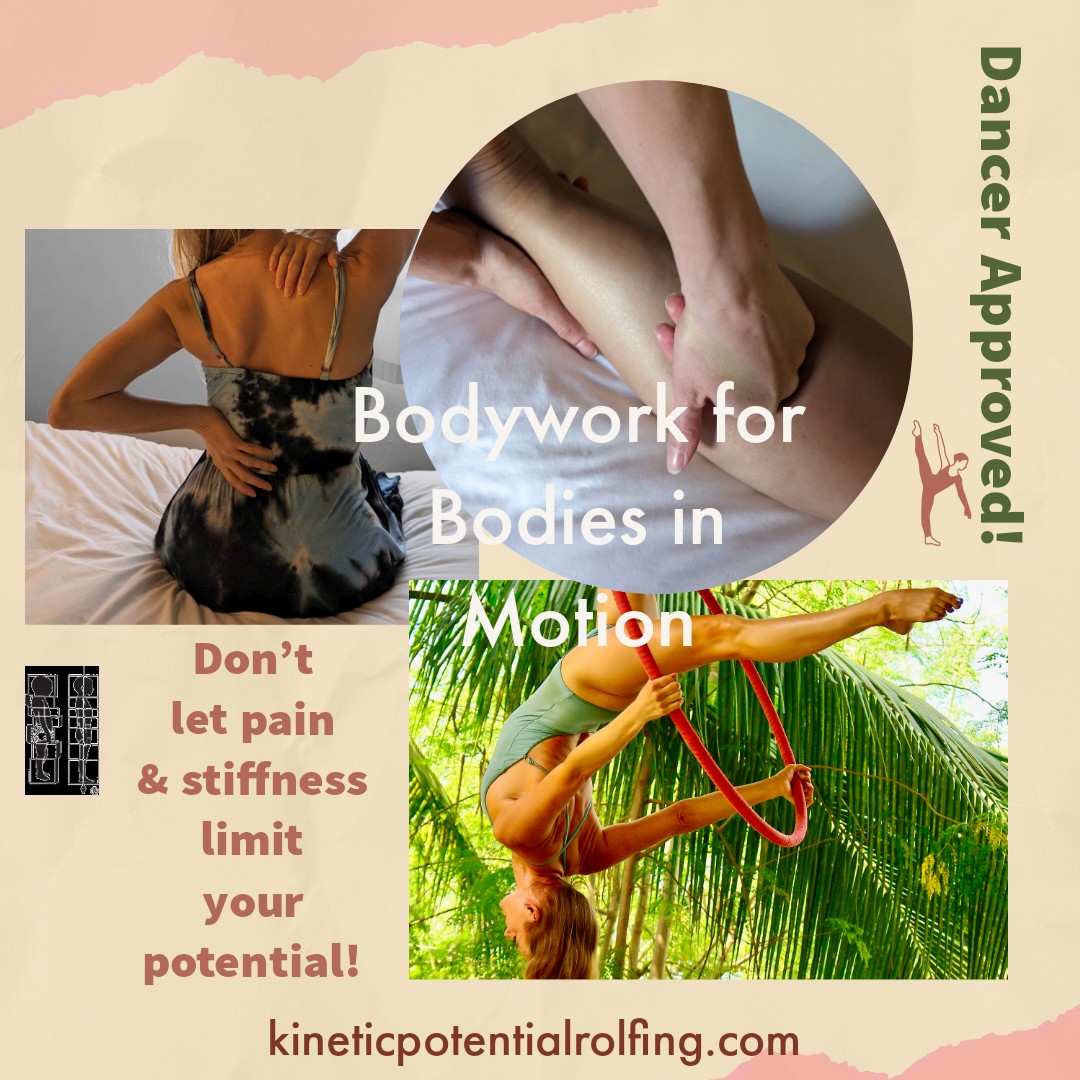We were lucky to catch up with Christina Fenendael recently and have shared our conversation below.
Christina, thanks for taking the time to share your stories with us today Can you share an important lesson you learned in a prior job that’s helped you in your career afterwards?
I worked as an athletic trainer and an assistant to the physical therapists in a high level sports PT clinic for 5 years (after working as a personal trainer in gyms and fitness studios for the previous 5 years as well).
While it’s difficult to pinpoint “the” most important lesson I’ve learned from my past jobs, especially since I have had a fairly wide range of job experience, I DID learn some extremely valuable pearls of information from my patients, coworkers, and mentors at that clinic.
My patients were just that, patient. They had their moments of frustration and depression in regards to their own highly non-linear physical progressions/regressions, but overall they approached each session with truly remarkable senses of positivity, humility, and patience.
I learned from them that the human body and its healing processes do NOT follow a clear, straightforward line, and the reasons for improvement (or temporary setbacks) are not often precisely understood.
Now, as I’ve shifted my career to one of hands-on manual therapy, I remember several things from my time with those inspiring humans:
1) I am not a healer, and will NEVER describe myself as such. The human body heals itself, in its own time, and all I can hope to do is create the best possible environment for healing to occur. Humility is extremely important when it comes to the wellbeing of others, especially when they’re already in a vulnerable state.
I aim to create a safe and conducive space for people to (consciously, or more often, unconsciously) physically take in more information, and explore new ways of moving, physically reacting, and being (i.e. postural and movement patterns) that will ultimately give them more options to “choose” from in their daily lives.
I consider myself a facilitator, not a healer, and my clients are as much my teacher as I am theirs, and the time they spend AWAY from me integrating new physical information and moving through their lives after each session is just as important, if not more so, than the time they spend on my table.
2) Safety (and rapport) are paramount elements in the pursuit for healing and positive transformations.
While much of the work I do centers around calming and “afferentizing” the nervous system (Rolfing jargon for guiding people out of a “fight/flight” state and/or allowing them to more effectively take in information from receptors embedded in connective tissue) via specific, purposeful hands-on manipulation, I would not be surprised to find out that a good portion of their positive results come from simply being in a “safe” place.
Being in a space that is physically safe, knowing that basic healthcare protocols WILL be strictly followed (like knowing the space and all linens/surfaces are clean, potential for the transmission of any communicable illness is absolutely minimized, health history and personal information is taken into account AND kept strictly confidential, and that they can withdraw consent at ANY time) and confident that their boundaries will be respected, is absolutely essential.
My office thus becomes a haven for potential personal growth, and actually having the luxury to focus on sensations and experiences (with some careful, well-directed verbal cues and physical input), is as key to body-mapping and creating options for new movement patterns as the hands-on work.
3) Patience, patience, patience. I cannot rush my patients or their progress, but I can certainly speed it up tremendously by having the right attitude.
Remembering that each human being is going to react to the work differently and that therefore each session and each Ten Series is going to be unique to the individual (despite having similar overarching goals) and treating each session as a learning experience for both client and myself is what creates the greatest results.
We all have different limits, and “speed bumps,” so to speak, and pushing someone further than they’re ready to explore is unlikely to help when it comes to deeply ingrained movement patterns or healing more acute injuries.
(In the PT clinic, this generally manifested in terms of patients having pain flareups later from manual work, or having temporary setbacks from overdoing it on exercises, whether in-clinic or at home. None of these things were irresponsible on the part of the practitioners, the patients, or myself, they’re simply a part of the “trial-and-error” nature of medicine, but it’s really valuable to remember, especially since I work with the nervous system and the body as a whole.)

Christina, love having you share your insights with us. Before we ask you more questions, maybe you can take a moment to introduce yourself to our readers who might have missed our earlier conversations?
I’m a Certified Rolfer® and Licensed Intraoral Massage Therapist.
Rolfing® is a manual therapy technique that focuses on the fascia (connective tissue) and the receptors embedded within it that bring information to our brains from the world around us and our physical state within it.
It traditionally follows a cumulative approach, using a series of ten sessions, each with specific goals, that are tailored to the individual’s needs and build upon the previous sessions.
While it’s not necessary or expected that a new client will complete the Ten Series, a step-by-step approach is used even for stand-alone or “tune-up” sessions, and if a client DOES complete a Ten Series, it’s generally advised to take at least 3 months off to integrate new information and sensation before receiving another session.
Many people finish their Ten Series and go on to simply enjoy the results they’ve earned and do not return unless they have a new injury, recover from a pregnancy or other major physical change, or if they simply enjoy periodic physical “resets” as they go about their lives.
Rolfing® is similar to massage in that it involves hands-on work that generally feels good and can improve mood and create an enjoyable physical state afterwards, but it aims to create LASTING change vs. focusing on temporary relaxation.
It differs from Swedish massage, for instance, in that clients are always wearing the equivalent to at least a swimsuit, since it can involve some gentle, basic movement, and minimal to no oil or lotion is used in order to effectively treat fascia.
Rolfing® does not need to be painful to be effective, should be both enjoyable and ideally, feel enlightening at times, and not be something you feel “tied to” for the rest of your life.
A successful Rolfer® empowers their clients, helps them to regulate their nervous system responses, and creates the best possible circumstances for them to learn from their own bodies in order to create better posture, more efficient and appropriate movement patterns, and overall ease.
Since Session #7 of the traditional Ten Series also involves manual work performed to the face, head, and inside the mouth, I completed extra training to also become licensed as an Intraoral Massage Therapist in WA state.
This intraoral work is part of the gestalt of the Ten Series (though never mandatory), but used on its own it can be extraordinarily helpful for clients with a history of TMJ dysfunction, jaw clenching/tooth grinding, facial injuries, and headaches, and has become exceedingly relevant in a world where many of us have experienced some level of facial dysfunction due to wearing masks and/or general stress,
Not only do I offer gloved, hands-on work to the external and internal structures of the mouth, jaw, face, and neck, I teach clients how to do maintenance work to themselves to prevent issues from returning and to nip flare-ups in the bud.

Can you tell us about what’s worked well for you in terms of growing your clientele?
Honestly, mainly Google. I’ve tried advertising via Meta (Instagram and FB) and not only was it incredibly buggy and clunky to use, it didn’t lead to a single booking so did not make sense financially.
I also do not personally look for manual therapist myself on IG or FB (in part because usually the ads displayed for businesses are not even remotely near my location geographically due to the aforementioned bugs), so keeping up on IG and FB is relatively low priority to me.
Yelp constantly spams me (phone calls, emails, etc.) but ALSO hasn’t lead to any business. It’s difficult to use because Yelp explicitly states that businesses should NOT ask clients for reviews (and that they will not be given weight if you do so anyway), so I do not even bother with it. I personally do not use or trust Yelp reviews when looking for services and businesses on my own, in part due to experiences my former employers at the PT clinic had when attempting to use Yelp for promo.
Google reviews have been and continue to be invaluable for me, and a very basic, honest, straightforward Google ad has proven to be both relatively simple to maintain and cost-effective.
The Dr. Ida Rolf Institute also has a directory called Find-A-Rolfer, which is another way clients find me, but it’s most useful for people who already know that they are looking for a Rolfer®, not for bringing in people who have never even heard of it.

Any stories or insights that might help us understand how you’ve built such a strong reputation?
My website has solid, honest testimonials from former clients, I have nothing but 5-star reviews on Google, and I rent an office in a building that houses many different types of alternative health practitioners, so word-of -mouth referrals (since I’ve worked on fellow practitioners there) are also valuable.
I also just hold myself to high professional standards–licensing in my current state has no training standards whatsoever for manual therapists, but I’m ALSO licensed in WA, the strictest state in the US (comparable to NY standards) so I operate to those standards.
I keep myself informed by going above-and-beyond my continuing ed requirements, take frequently-updated courses for disease transmission prevention for healthcare providers, and stay up-to-date on new research regarding fascia, the nervous system, and manual therapy via the book reviews I write for the Rolf Institute Journal.

Contact Info:
- Website: kineticpotentialrolfing.com
- Instagram: @kineticpotentialrolfing
- Facebook: Kinetic Potential Rolfing
- Other: Book directly via Schedulicity at clearholistictherapies.com, for more information about my specific practice visit me at kineticpotentialrolfing.com or email me at [email protected]


